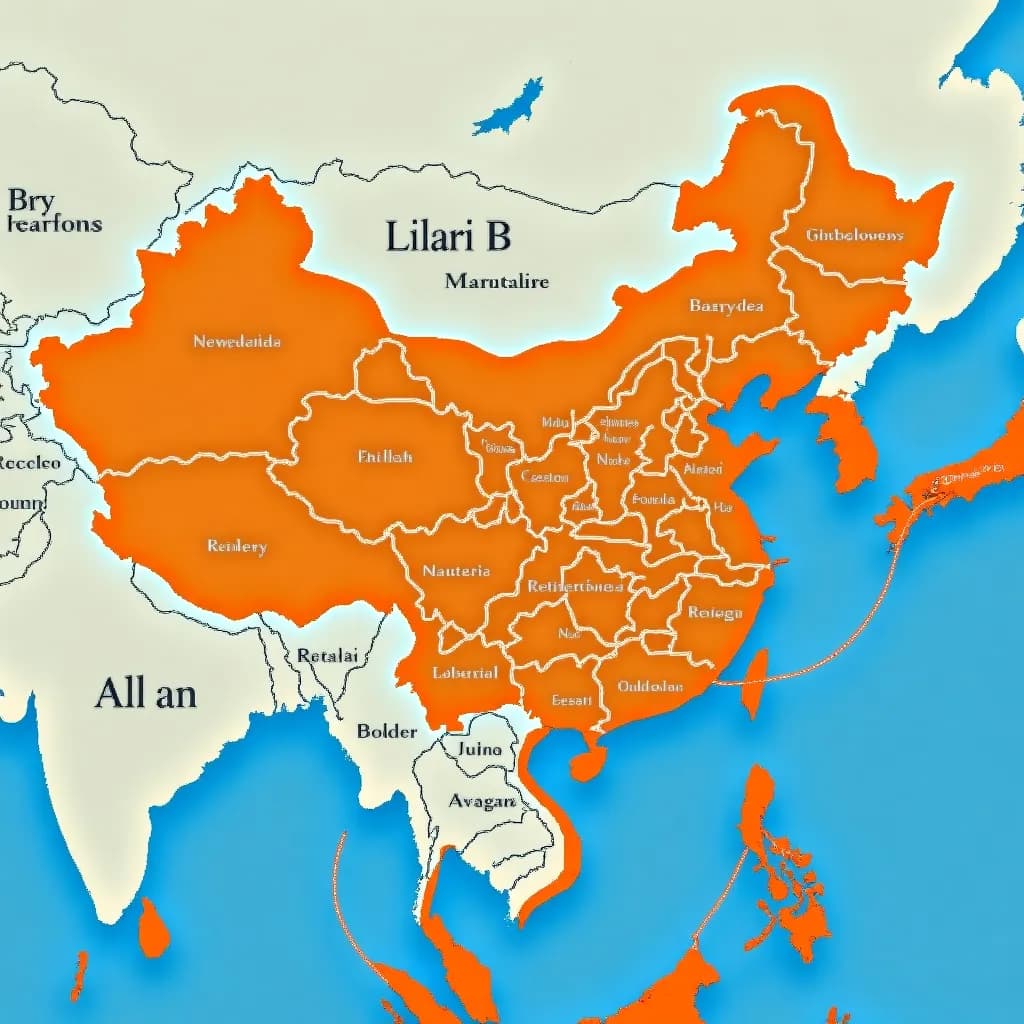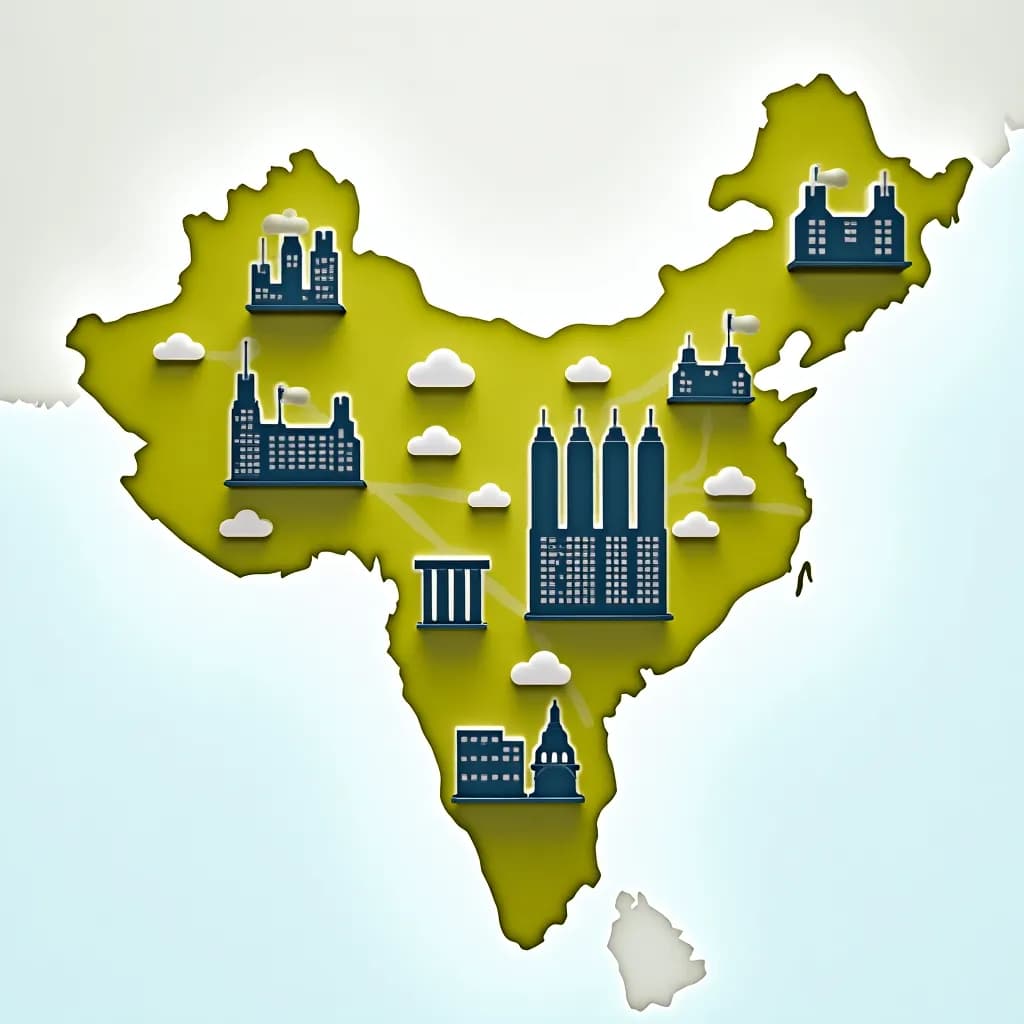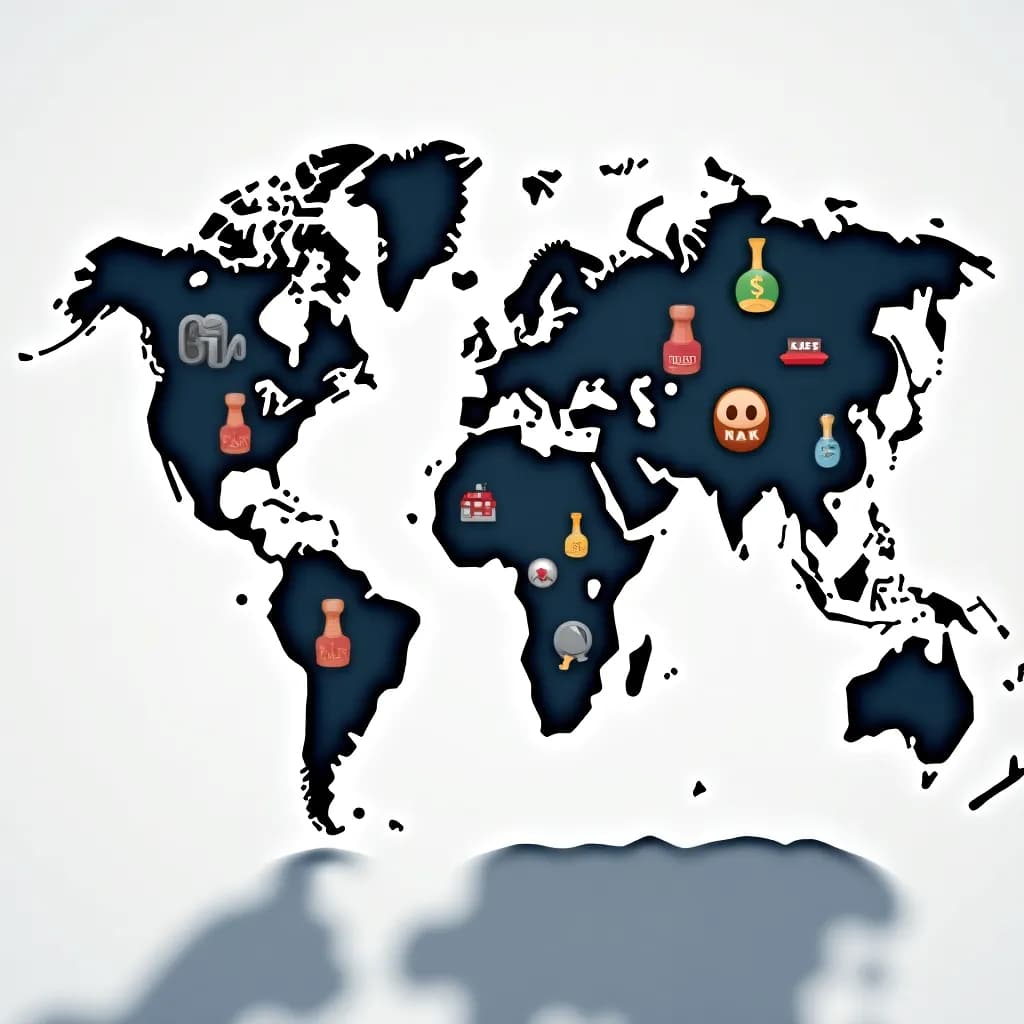Introduction
In the intricate web of international relations, the balance of power is constantly shifting, influenced by economic might, military capabilities, technological advancements, and diplomatic strategies. In recent years, the global landscape has witnessed significant changes, prompting analysts to reassess traditional alliances and emerging threats. This article delves into the evolving geopolitical dynamics, examining the key players and pivotal events reshaping global power structures.
Shifts in Economic Power
The global economy is undergoing transformative changes, with emerging markets playing increasingly prominent roles. According to the International Monetary Fund, China is projected to surpass the United States as the world's largest economy by 2030, measured by purchasing power parity. This economic ascendancy marks a shift in influence, with China leveraging its financial clout to expand its Belt and Road Initiative, thereby extending its reach across Asia, Africa, and Europe.
Meanwhile, India's economy is experiencing rapid growth, positioning it as a potential economic powerhouse. With a burgeoning middle class and a demographic dividend, India is set to become a pivotal player in global trade. As these economies rise, traditional Western powers face challenges in maintaining their economic dominance, prompting a reevaluation of trade policies and alliances.
Military Advancements and Strategic Alliances
Military capabilities remain a crucial determinant of geopolitical influence. The United States continues to boast the world's largest defense budget, yet the rise of China and Russia's military capabilities has altered the strategic calculus. China's investment in modernizing its military, including advancements in cyber warfare, space capabilities, and naval expansion, signals its ambition to challenge U.S. military supremacy in the Asia-Pacific region.
Additionally, Russia's assertive military posture in Eastern Europe and its involvement in Syria have highlighted its role as a key geopolitical actor. The formation of strategic alliances, such as the Quadrilateral Security Dialogue involving the United States, India, Japan, and Australia, underscores the shifting dynamics in regional security architectures.
Technological Disruptions and Soft Power
Technology is reshaping the geopolitical landscape, with countries vying for supremacy in areas such as artificial intelligence, quantum computing, and cybersecurity. The United States and China are at the forefront of this technological race, investing heavily in research and development to secure a competitive edge.
Soft power, characterized by cultural influence and diplomatic engagement, remains a vital component of geopolitical strategy. The U.S. continues to wield significant soft power through its cultural exports and global institutions, yet China's Confucius Institutes and media outreach efforts are making inroads in promoting its cultural narrative.
The Role of Multilateral Institutions
Multilateral institutions, such as the United Nations, the World Trade Organization, and the International Monetary Fund, play pivotal roles in shaping global governance. However, their effectiveness is often challenged by geopolitical rivalries and differing national interests. The ongoing debate over United Nations Security Council reform reflects the tensions between emerging powers seeking greater representation and established powers aiming to retain their influence.
Moreover, the recent withdrawal of the United States from several international agreements underlines the complexities and challenges facing multilateral diplomacy. As global issues such as climate change and pandemics require coordinated responses, the strengthening of multilateral frameworks becomes imperative.
Conclusion
The geopolitical chessboard is in a state of flux, with shifts in economic power, military capabilities, technological advancements, and diplomatic strategies redefining global influence. As nations navigate these changes, the need for strategic foresight and adaptive policies becomes ever more critical. Understanding the interplay of these factors is essential for policymakers and analysts alike, as they work to secure national interests while fostering international cooperation.
In an era of uncertainty and complexity, the ability to anticipate and respond to geopolitical shifts will determine the future trajectory of global power dynamics.
```






